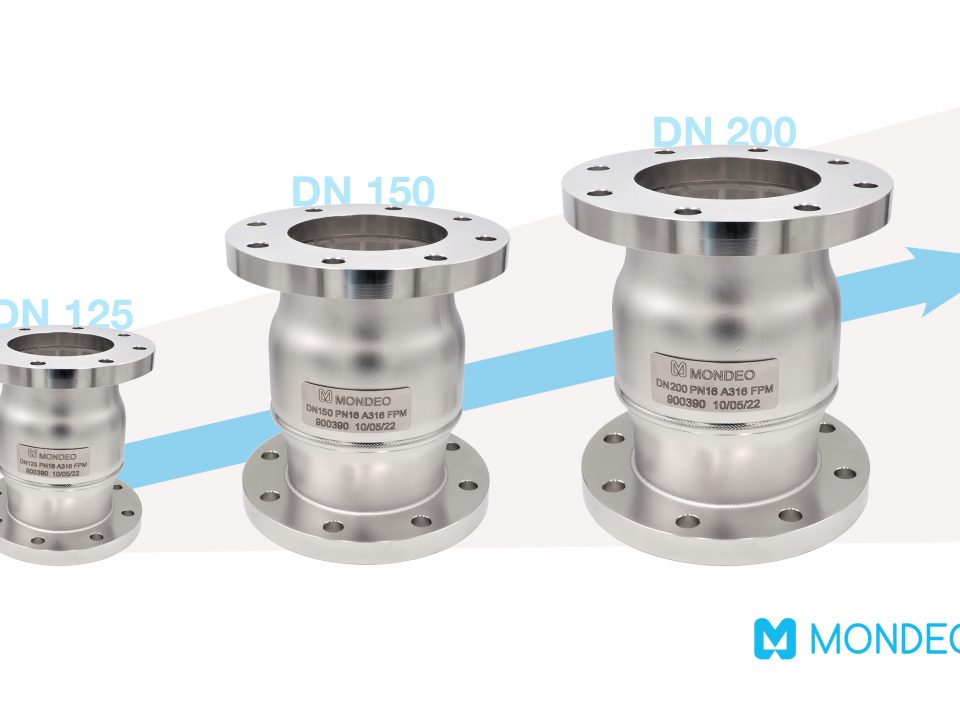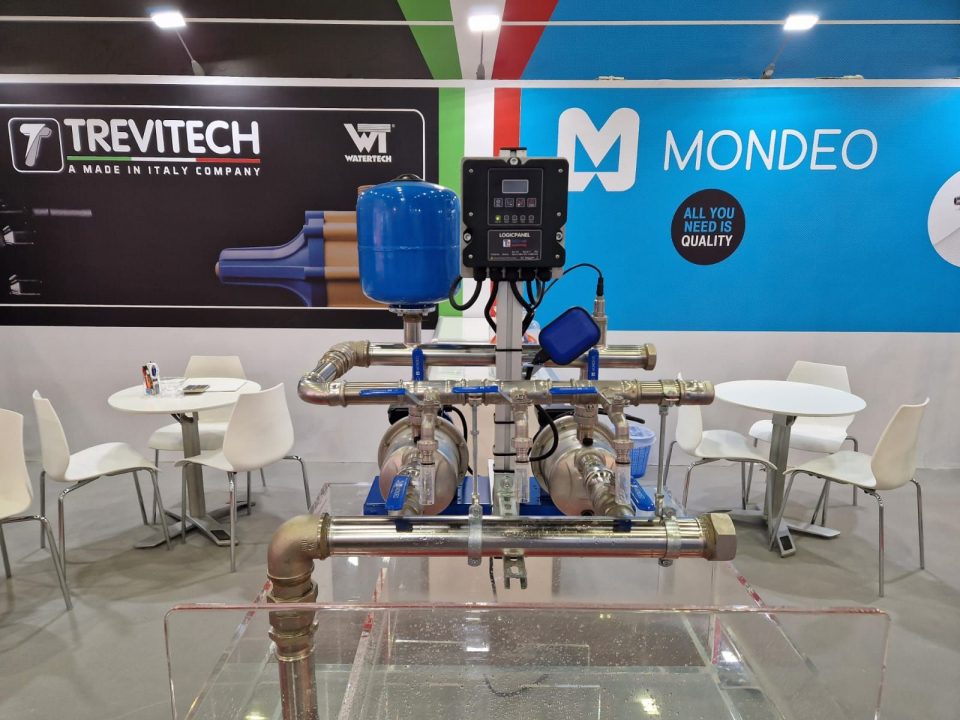
Energy efficiency plan continues: stop gas heating thanks to heat pump technology
July 5, 2024- Pressure transducers are devices that measure pressure and convert it into an electrical signal.
- The sensing and transmission of pressure in hydraulic circuits plays a very important role in enabling the technological control of processes.
- The pressure transducer, by returning accurate real-time data on the pressure of fluids or gases within a system, enables its regulation and optimal operation, both in terms of efficiency and safety.
How a pressure transducer works
The pressure transducer detects the fluid pressure through a sensor that can respond to different operating principles. Usually the electronic heart of the transducer is a load cell. The fluid enters the open cavity, which is separated from the electronic compartment by a thin diaphragm. The pressure of the fluid acts on the diaphragm, deforming it; the strain gauges, which are completely integral with the load cell, measure and transform this deformation into an electrical signal due to the change in the electrical resistance of the conductors composing them.
Before being sent to the control systems for process regulation, the electrical signal is linearised, compensated and amplified in a range between 4 and 20 mA, in order to ensure the accuracy and stability of the measurements.
Characteristics of pressure transducers
As far as technical characteristics are concerned, pressure transducers are hydraulic accessories that must ensure robustness and reliability. This requires extreme care in both the manufacturing processes and the choice of raw materials. As is often the case when it comes to hydraulic circuits, Aisi 304 or Aisi 316 stainless steel is an excellent choice.
Another aspect concerns the output signal. Pressure transducers with a 4-20 mA output are the most used, because the signal is less affected by electrical noise and cable resistance. It is not by chance that this type of pressure transducer is also used in applications where the signal must be transmitted over long distances. When installing the pressure transducer on the system outlet, it is good to choose a position away from bends or branches, so as not to impair transmission accuracy.
Pressure transducers, inverters and variable speed: aiming to save energy
A typical application for pressure transducers is variable speed pressure booster sets equipped with frequency inverters.
In order to achieve greater energy savings, in addition to the use of high-efficiency motors, it is becoming increasingly common to use frequency converters or inverters that allow the speed of an electric motor to be varied. Since it is not always necessary for the motor to operate at nominal speed, with this technology it is possible to significantly reduce consumption to savings of over 50%.
Consider a water system where the pressure must be maintained at a certain level as the flow rate varies, in order to guarantee all connected users the necessary comfort. Pressure detection through the pressure transducer and the consequent sending of the signal to the inverter allow the motor to be electronically controlled at the most appropriate speed according to requirements. The advantages? Certainly energy savings, but also a longer life of the pumping systems.





